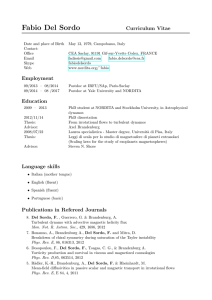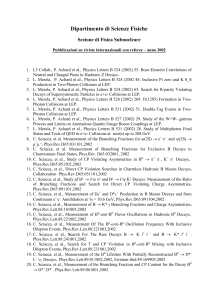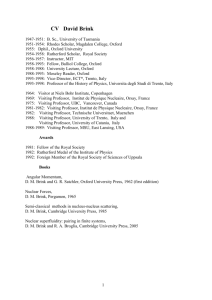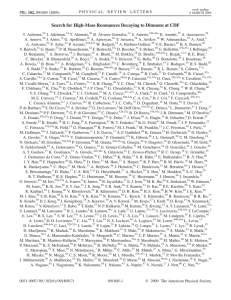Generation of laser-accelerated ions and secondary sources - ELI-NP
advertisement
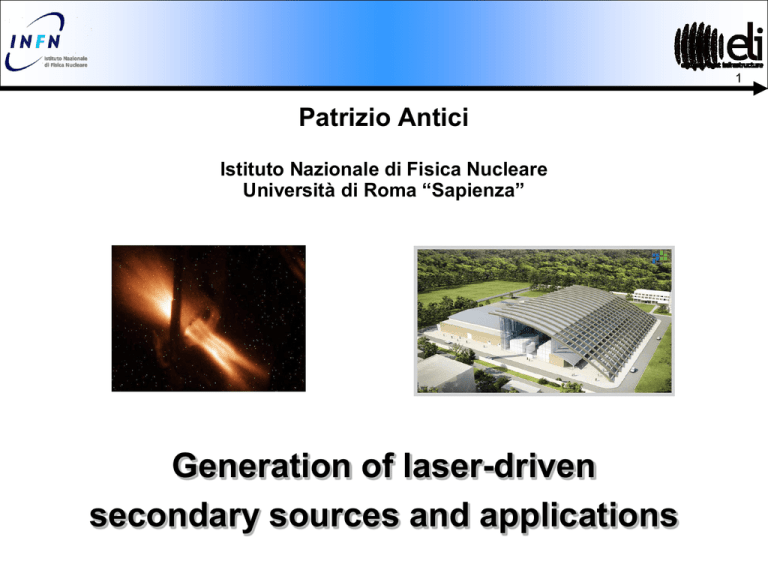
1 Patrizio Antici Istituto Nazionale di Fisica Nucleare Università di Roma “Sapienza” Generation of laser-driven secondary sources and applications ELI-NP for exploring new proton energy regimes 2 Projected proton energies for use of different applications ? New and different acceleration regimes ? Standart targets (5-50 µm) ? Ultra-thin targets (30-200 nm) 100 Nova PW RAL Vulcan 300fs – 1 ps 40-60 fs 100-150 fs RAL Vulcan RAL Vulcan CUOS 10 LULI Janusp T. Ceccotti et al., PRL 99, 185002 (2007) D. Neely et al., Appl. Phys. Lett. 89, 021502 (2006) A. Flacco et al., PRE 81, 03604 (2010) RAL PW Osaka LOA ? MPQ 1 I0.5 Tokyo ASTRA Tokyo Tokyo b) Yokohama I 0.1 16 10 10 17 10 18 10 19 10 20 10 21 Il (W.cm .µm ) Normalized intensity (Il² - W/cm²/µm²) 2 -2 2 J. Fuchs et al., Nat. Phys. 2, 46-54 (2006) J. Schreiber et al., PRL 97, 045005 (2006) L. Robson et al Nat. Phys. 3, 58–62 (2007) P.Antici et al., Phys. of Plasma14, 030701 (2007) New acceleration regimes (non TNSA) are upcoming and can be tested with ELI-NP Proton max energy [MeV] 3 10000 1000 ] [MeV RPA Experimental data Simulations 100 energy APOLLON LULI ELFIE Existing 10 1 (no hot electrons !) ELI GeV Projected 16 10 18 10 20 10 22 10 24 10 I l² (W.cm-2) Proton maximum Simulations Monoenergetic spectrum Experiment (current max 10-20 MeV but less energy spread A. Henig et al., RPL 103 245003 (2009) A. Robinson et al., New J. Phys. 10, 013021 (2008), A. Robinson et al., Plasma Phys. Control. Fusion 51, 024004 (2009) ; N. Naumova et al., Phys. Rev. Lett. 102, 025002 (2009) ; T. Schlegel et al., Phys. Plasmas 16, 083103 (2009) ; A. Macchi et al., Phys. Rev. Lett. 94, 165003 (2005); B. Quiao et al., Phys. Rev. Lett., 102, 145002 (2009). TNSA enhancement for energy increase: beyond present-day record of 67 MeV? 4 Obvious route: « brute force » (laser energy increase) More clever strategies? • 1: Decrease the target thickness (less e- spread + volumetric target heating) P. Antici et al., Phys. Plasmas 14, 030701, (2007) T. Ceccotti et al., PRL 99, 185002 (2007) D. Neely et al., Appl. Phys. Lett. 89, 021502 (2006) A. Flacco et al., PRE 81, 03604 (2010) • 2: Use of low-density plasmas P. Antici et al., New Journal of Physics 11 (2009) A. Yogo et al., PRE 77, 016401 (2008) L. Willingale et al., Phys. Rev. Lett. 96 245002 (2006) • 3: Geometrical e- confinement S. Buffechou et al., PRL 105 015005 (2010) P. Antici et al., NIMA 2010.01.052 (2010) • 4: Tightest laser focusing M. Nakatsutsumi et al., submitted (2009) Hybrid accelerator schemes perfectly suited for ELI-NP 5 ELI-NP can combine innovative plasma acceleration sources with conventional accelerator technology Laser-generated particle source Capturing section Accelerating and transporting section Protons Electrons Plasma accelerator Conventional accelerator Improvements using beam shaping and post-acceleration with conventional accelerators 6 Combined accelerator Injection studied using RF-cavity Logan, Caparasso, Roth, Cowan, Ruhl et al. (LBNL-LLNL-GSI-GA) S. Nakamura et al. Jap Jour. Appl. Phys. 46 L717 (2007) Logan, Caparasso, Roth, Cowan, Ruhl et al. (LBNL-LLNL-GSI-GA) (2000) First start-to-end simulations Focalisation using Quadrupoles focused proton beam diverging proton beam CPA2 CPA1 proton source foil t=350 fs I~3×1018 W.cm-2 l=1 µm P. Antici et al., JAP 104, 124901 (2008) M. Schollmeier et al., PRL 101, 055004 (2008) Beam shaping with conventional accelerators becomes more fashionable 7 Transport with 1 Hz Focalisation with Solenoids K. Harres et al J. Phys Conf. Series 244 022036 (2010) F. Nürnberg et al., PAC 2009 M. Nishiuchi et al Phys Rev STAB 13 071304 (2010), 5% spread, 10% efficiency Post-acc with modified DTL V. Bagnoud et al., APB (2009) 8 T solenoid A. Almomani et al., Proceeding IPAC (2010) ELI-NP can test innovative accelerator structures such as SCDTLs that outperform other structures 8 Side Coupled DTLs (3 GHz) New hybrid accelerator scheme + 1 0.8 drift length=10.4 cm drift length=20.4 cm 0.6 0.4 0.2 0 6 Proton energy evolution within the SCDTL P. Antici et al., PoP (in press) 7 8 9 10 11 12 13 14 Energy (MeV) 15 Normalized energy spectrum for 100 mA input current and two different lengths of the leading drift. 16 Transmission (red points), output norm. envelope (blue points) versus the input current ELI-NP can also test beam-handling/matching of a laser-driven electron beam line 9 Conventional accelerator can tailor laser-driven beams and make them adaptable to all applications Laser-generated source Laser-generated particle distribution Matching line ? Focusing and trasporting line Usable beams ELI-NP allows to explore WDM regimes currently unreached 10 Higher efficiency proton beams will allow reaching unexplored hotter plasma zones (R P A: 60 % efficiency, compared to 4 % TNSA) •Understanding of transition phases and thermo-dynamical properties •Laboratory astrophysics (conditions only existing in stellar interiors) Proton virtual point source Foil 10-20 µm (proton source) protons / ions 100-500μm heated sample foil Accessible with LMJ, NIF ] plasma plasma = Classical 104classical ICF 50 eV V e Temperature (eV) [ 102 dense plasma Soleil Zone to explore WDM Realized ératu p Tem 1 10-2 1 102 Density [g/cm3] Stopping power Equation of state ELI-NP can be used also for experiments in the ICF or related applications 1. Higher proton energy for probing thicker material 2. Higher laser energy for higher energy electrons 3. Tailoring of heating temperature 11 Higher intensity laser = brighter beams allows measurement of hotter electron transport 3 1 2 3 Ultra-intense laser beams 12 …and much more…. Thank you for your attention !
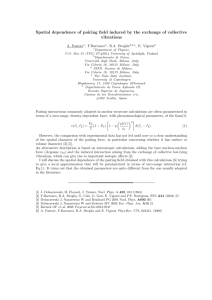
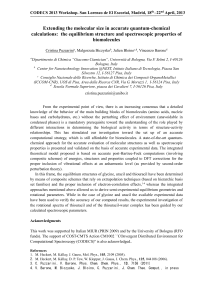
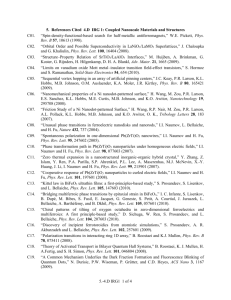
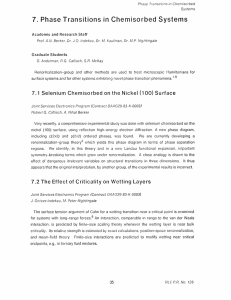
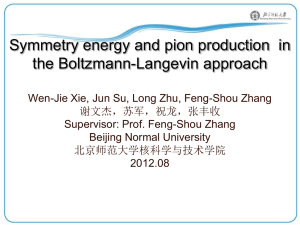
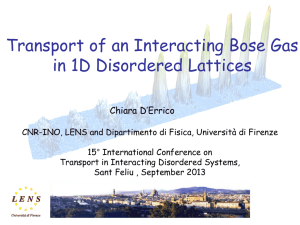
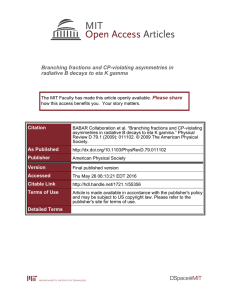
![Measurement of the B X[subscript s][superscript](http://s2.studylib.net/store/data/012128498_1-4b18e6fbf564e739ffc49fad6677aaec-300x300.png)
